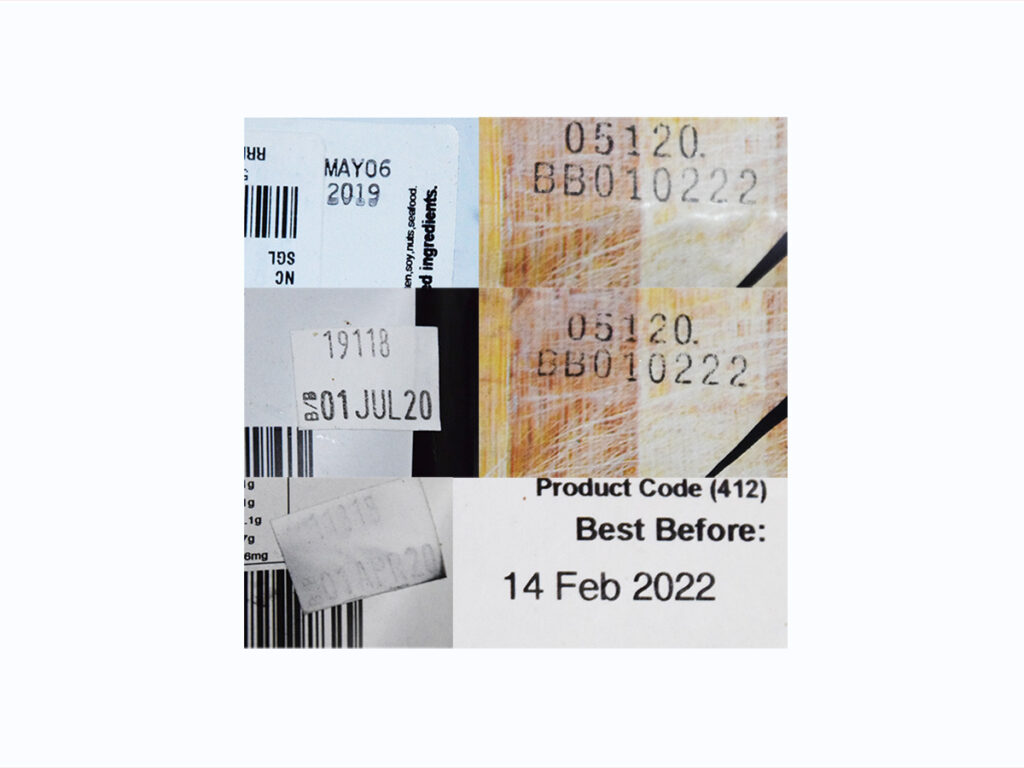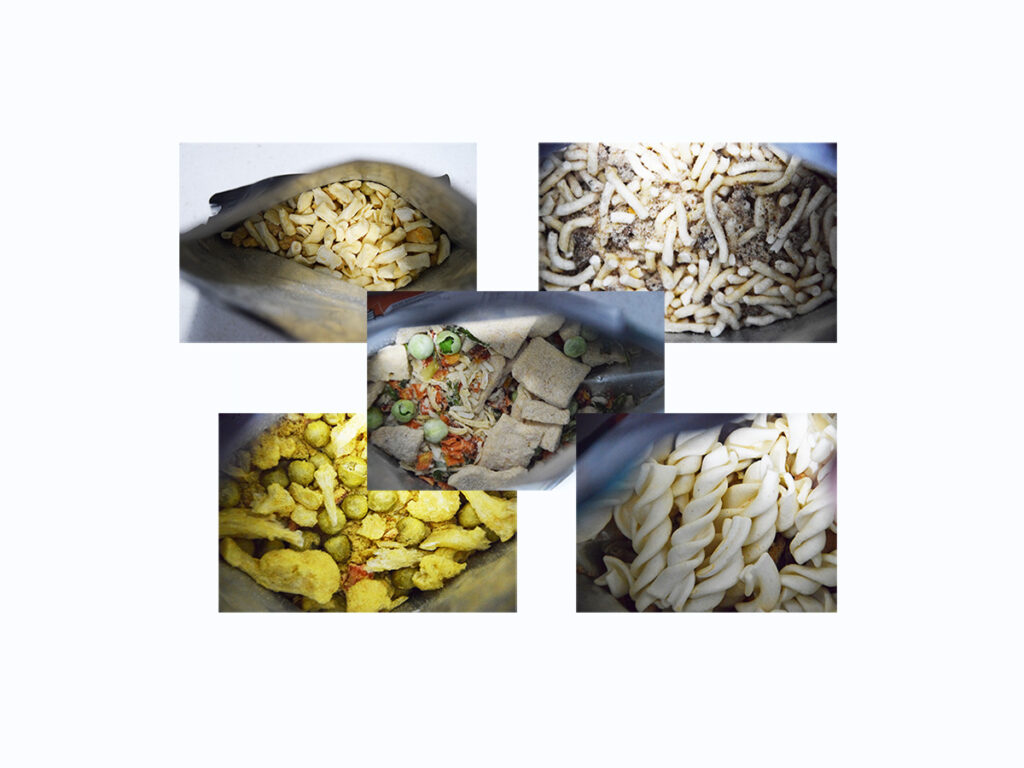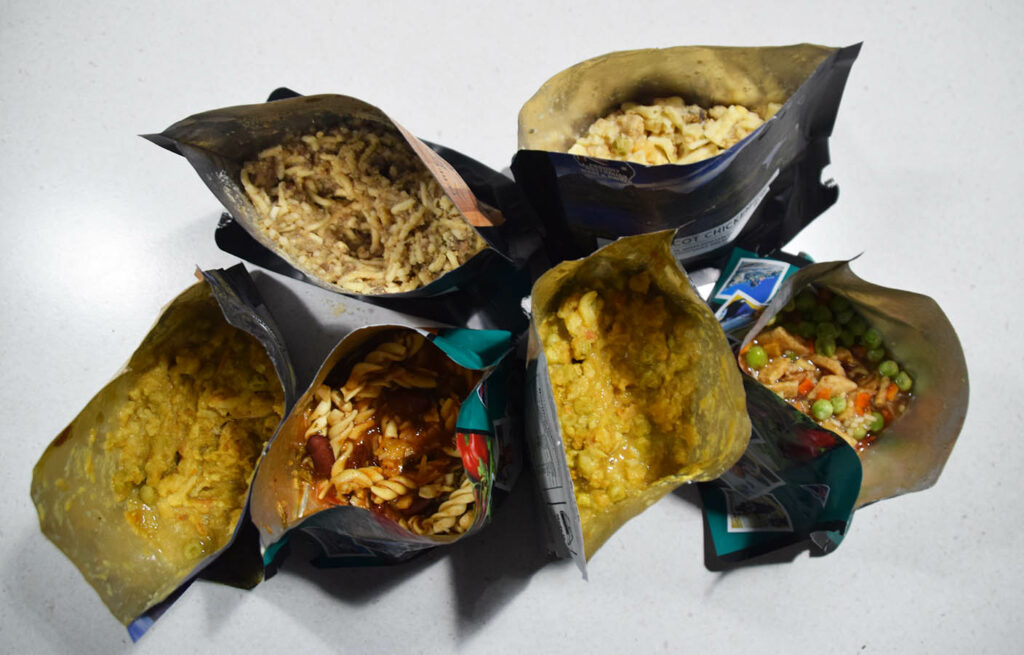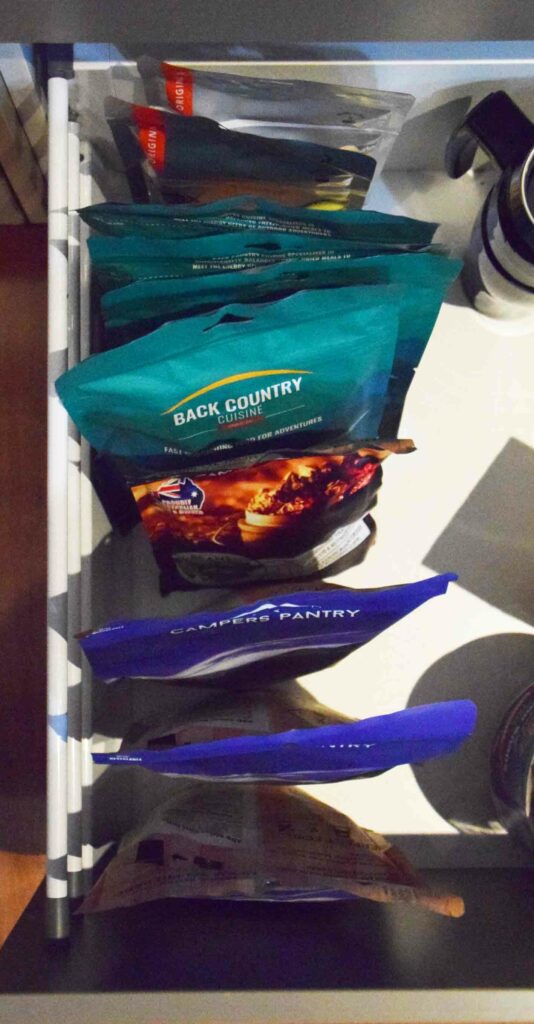Best Before
Hiking food
Most of us are used to the concept of ‘Use By Date’ or ‘Best Before Date’ when we go food shopping but commercial outdoor foods also come with these labels.
As a keen hiker I always take advantage of sales on freeze dried food and will stock up because I like to have around 6-10 meals on hand just in case I decide to do a spur of the moment hike. When the COVID pandemic hit in 2020 I wasn’t sure how it was going to play out so I stocked up, big time, on freeze dried meals. But while I hike and camp on a regular basis I didn’t use all the meals which resulted in a number of them going beyond their ‘Best Before Date’. In fact, as I write this article the oldest food I still had in my cupboard was four years beyond its ‘Best Before Date’.
So are these labels just cautionary recommendations or can you ignore them and keep on eating? Lets find out!
Definitions
There are two key definitions that we tend to come across when we’re talking about food viability:
Use By Date
Foods that must be eaten before a certain time for health or safety reasons are marked with a Use By Date.
- This means foods shouldn’t be eaten after the Use By Date
- They also can’t legally be sold after this date because they may pose a health or safety risk.
Best Before Date
Many foods have a best before date.
- This means you can still eat the food for a while after the Best Before Date as they should still be safe but they may have lost some quality to texture
- Foods that have a Best Before Date can legally be sold after that date provided the food is fit for human consumption.
*Foods that have a shelf life of two years or longer, e.g. some canned foods, do not need to be labelled with a Best Before Date.
Food Standards Australia
More information can be found at the Food Standards Australia website:

The meals we tested ranged from four years past the ‘Best Before Date’ to 17 months past ‘Best Before Date’
Taste Testing
I ended up with six meals that were past their ‘Best Before Dates’ ranging from four years past the ‘Best Before Date’ to 17 months past ‘Best Before Date’. So how did they test?
- Step one open up the packets to see how they looked (see the image below). The meals looked good and were still dry. If you shake the packet and they found sounds dry, then they are worth a try. Ever so often I get a meal that sounds like clumped dried muesli and that means the ingredients have started to absorbe moisture, usually through a compromised packet.
- Add water. Typically I add less than the recommended amount because you can always add extra if the mix is a bit dry. Let the meal rehydrate for about six minutes.
- Stir and test the consistency adding water as required to get the desired consistency. I found with all six of these meals that they required more than the recommended amount which is rare. Usually you add the correct amount of water or less but the extra years in the packet meant more water was required than expected. Continue the rehydration process for around another 6-8 minutes.
- So how did they taste? These are generalisations of course, but we found:
- The spicy meals were spicier than they usually are. In fact the level of spiciness was at my preferred level which is much higher than the average hiker would prefer.
- The bland meals were blander than they usually were when in date.
Overall, the meals were edible and while the bland meals were too bland for my tastes, the spicy meals were actually an improvement for my spice loving taste.

Best before images ready to be rehydrated

Out of date meals rehydrated and ready too eat
Getting the best out of freeze dried food
From a hiking perspective the majority of the food we eat is freeze dried. Most of the meals on the market these days have a shelf life of around two years. Having said that the Campers Pantry ‘Expedition Range’ is vacuum sealed in addition to being freeze dried and has a shelf life of five years.
Its really rare I end up with a dud meal and usually its because the packet has a small perforation that allows the food to absorb moisture. As previously mentioned it ends up with a consistency of clumpy toasted muesli in addition to being notably heavier so you can tell that something is wrong. Add boiling water to these meals and they just don’t rehydrate properly and the taste isn’t very good. Sometimes there is nothing you can do, you will end up with a dud meal every so often if you keep meals for long periods.
While it’s not a guarantee, not scrunching up the packets will ensure the meal lasts longer. So store them flat laying down or standing up rather than jamming the packets into a small space and risk creating a perforation in the packets.
Its also a good idea to store your meals in order of the best before date so you aren’t constantly using the newest meals first.

Campers Pantry Indian Chicken Pilaf – this range of expedition meals come with a five year shelf life!

Stockpile of freeze dried meals ready to go at the drop of a hat
Last words
I’m a fan of having extra meals in my cupboard just in case I decide to head out bush on short notice and in my case this means having 6-10 meals in my cupboard at all times. To ensure you don’t end up with meals that are out of date ideally you want use the oldest meals first. Last but not least, don’t scrunch up the meals into a small space for long periods otherwise you may end up damaging the packet and allowing moisture to enter.
Eating meals beyond their Best Before Date isn’t an issue but as we found the bland meals got blander and the spicier meals got spicier which isn’t something we expected. So yes, eating meals beyond the Best Before Date works as long as you can cope with the change in the flavour profile, you won’t starve.
If you have some out of date meals, give them a test and see what you think.